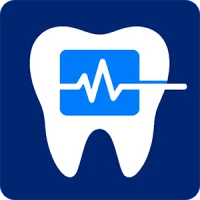
Dental Blog
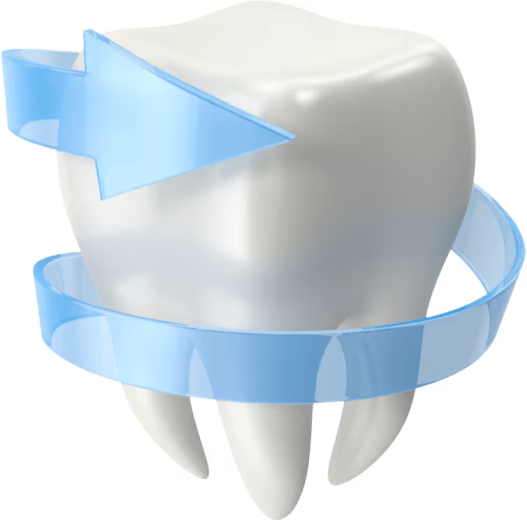

Resources for Dentists
Dive deep into helpful guides and in-depth information about:

Your Resource for Dentistry Insights
Sedation dentistry is evolving. Regulations change, compliance requirements grow, and practices need tools to stay ahead. The Sedate Dentistry Blog is here to help you learn, adapt, and succeed with resources built for dentists, oral surgeons, and office managers.

Explore Topics That Matter

Sedation Dentistry
Learn about sedation dentistry's best practices, compliance tips, and case studies.

Patient Vitals Monitoring
Device integrations, patient monitoring, and technology insights.

Patient Forms & Experience
Intake forms, digital consent, and patient-focused workflows and user experience.

Dental Practice Growth
Grow your dental practice with in depth guides, tutorials, and software reviews.
Recent Guides for Dentists
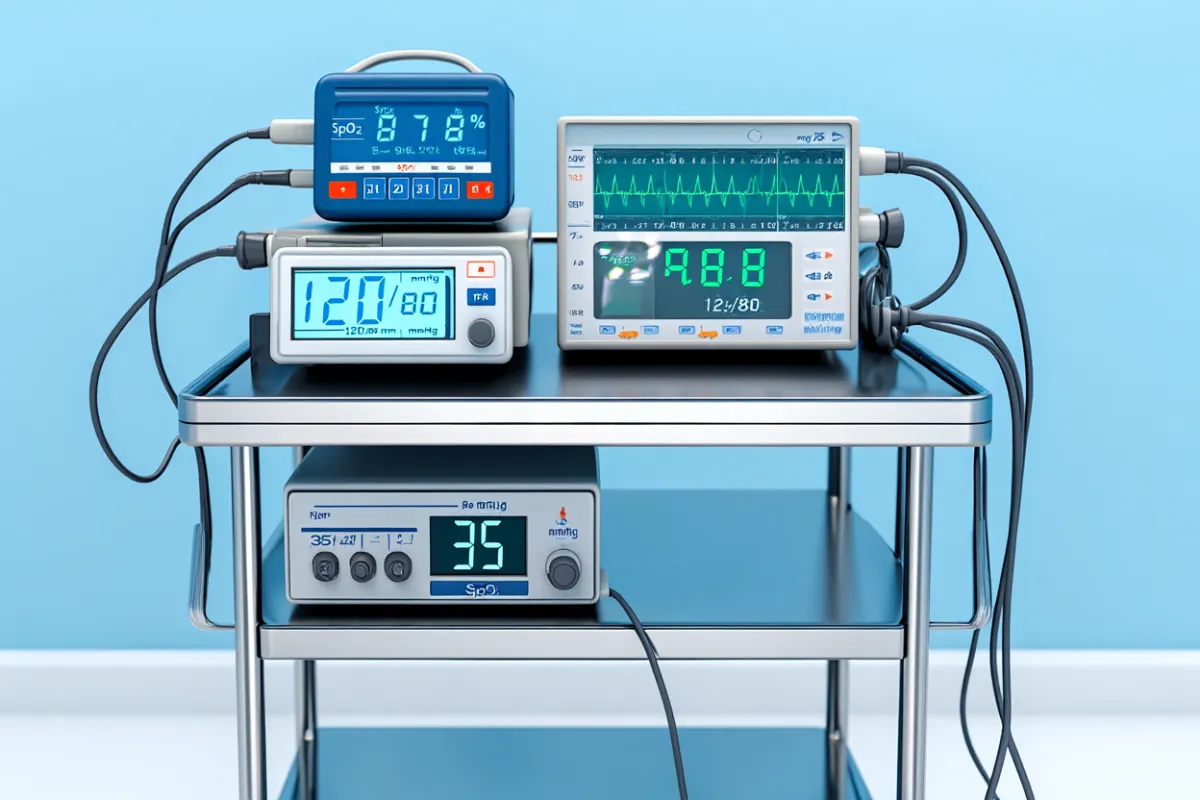
Emergency Preparedness: Sedation Crash Cart Requirements
A sedation crash cart is your last line of defense when seconds matter. This guide lays out exactly what to stock, how to organize it, how often to audit it, and how to train your team so the right tool is in the right drawer at the right moment—every time.
Table of Contents
Emergency Preparedness: Sedation Crash Cart Requirements
What a Sedation Crash Cart Must Accomplish
Regulatory and Guideline Expectations to Plan Around
Core Cart Configuration and Drawer Logic
Stocking List: What to Include and Why
Labeling, Seals, and Cart Security
Daily, Weekly, and Monthly Audit Routine
Pediatric and Small-Patient Readiness
How to Train the Team Until the Motion Is Automatic
Reversal Agents: Use, Limits, and Documentation
Oxygen and Ventilation: Practical Tips That Save Seconds
Drawers, Trays, and a One-Page Map Your Team Will Actually Use
Build a Restock System That Never Slips
Integrate the Cart With Your Documentation Workflow
Common Pitfalls and How to Prevent Them
How This Fits a Scalable Sedation Program
A crash cart isn’t just a box of supplies; it’s a process. This article defines a complete, scalable setup for office-based nitrous, oral, and IV sedation: airway tools, oxygen delivery, reversal agents, emergency medications, monitoring adjuncts, labeling, audit routines, and team drills. You’ll leave with a practical checklist you can implement this week and a documentation plan that proves readiness.
What a Sedation Crash Cart Must Accomplish
A crash cart must make critical actions instantaneous. The cart puts airway tools, oxygen, medications, and monitoring adjuncts within one arm’s reach, arranged by the ABCD sequence (Airway, Breathing, Circulation, Drugs). Clear labels, standard drawer layouts, and sealed medication trays remove guesswork under stress.
Regulatory and Guideline Expectations to Plan Around
Regulations vary by jurisdiction, but common standards include immediate access to oxygen and suction, basic airway adjuncts, appropriate reversal agents, an automated external defibrillator (AED), and continuous monitoring during sedation. Documentation proves compliance, so teams record checks, expirations, and training in Dental sedation compliance.
Core Cart Configuration and Drawer Logic
Organization must be intuitive enough for any trained team member to find items blindfolded. Group tools by the ABCD flow and segregate pediatric sizes. Keep the cart brake set, the AED top-mounted or adjacent, and the oxygen source verified at opening each day.
Stocking List: What to Include and Why
Stocking should reflect your scope (minimal/moderate/deep) and patient population. The table below captures a high-confidence baseline for office-based dental sedation.
Labeling, Seals, and Cart Security
Label drawers with large, high-contrast text (“AIRWAY,” “DRUGS—REVERSAL,” “MONITORING”). Use tamper-evident seals for medication trays; break the seal for any use and replace the same day. Keep a laminated drawer map on top of the cart and a QR code that opens your policy in Sedation dentistry software.
Daily, Weekly, and Monthly Audit Routine
Audits keep readiness real. A simple cadence prevents drift and creates defensible records in Sedation visit record software.
● Daily: oxygen PSI, suction function, AED status light, cart brake set, seals intact
● Weekly: suction tubing, spare batteries, probe integrity, mask cushions, BVM valve check
● Monthly: expirations on all medications, AED pad dates, full inventory count, drawer map review
Pediatric and Small-Patient Readiness
Size availability matters. Stock OPAs and NPAs across ranges and keep pediatric BP cuffs and masks in a clearly marked “PEDI” section. Place pediatric dosing cards in the “DRUGS” drawer and include weight-based quick references. Document pediatric-specific checks in compliance checklists for sedation.
How to Train the Team Until the Motion Is Automatic
Quarterly mock codes build muscle memory. Practice the three most likely events: airway obstruction with desaturation, vasovagal hypotension, and paradoxical agitation after oral benzodiazepines. Time each action, debrief respectfully, and update the cart map if anyone hesitates. For scenario playbooks, see 10 Best Practices for Managing Sedation Emergencies.
Reversal Agents: Use, Limits, and Documentation
Reversals are powerful but not magic. Flumazenil’s duration is shorter than many benzodiazepines, so plan for re-sedation monitoring. Naloxone restores ventilation but may precipitate withdrawal in opioid-tolerant patients; titrate to effect. Record dose, route, time, and response in real time inside IV sedation charting software.
Oxygen and Ventilation: Practical Tips That Save Seconds
Pre-attach the BVM to the oxygen regulator, store a spare mask gasket, and keep nasal cannulas for capnography immediately accessible. Assign one team member to announce SpO₂ and respiratory rate out loud every 10–15 seconds during an event while the recorder time-stamps each intervention in digital sedation visit records.
Drawers, Trays, and a One-Page Map Your Team Will Actually Use
Top drawer: airway tools and lubricant. Second: oxygen delivery (nasal cannulas, non-rebreather masks), BVM mask sizes. Third: drugs—reversal on left, anaphylaxis and bronchodilator on right with dosing card. Fourth: monitoring accessories, batteries, cuffs. Bottom: IV supplies and fluids (if in scope). Tape the map under a clear top cover.
Build a Restock System That Never Slips
Assign a “cart steward” and a backup. Restock the same day as any use. Use a short web form tied to paperless sedation visit logs to log who restocked, what was replaced, lot numbers, and new expirations. Review monthly at your sedation QA meeting.
Integrate the Cart With Your Documentation Workflow
Readiness is only defensible if it’s documented. Store your cart policy, drawer map, daily/weekly/monthly audit templates, and dosing cards in sedation compliance software. Keep the same artifacts attached to each sedation visit inside sedation record software (digital) so reviewers can see that monitoring and emergency readiness are part of your routine care.
Common Pitfalls and How to Prevent Them
Teams most often stumble on expired meds, missing pediatric sizes, unlabeled drawers, and oxygen tanks run too low. Prevent these with posted minimum PSI, bold drawer labels, a pediatric “go-bag,” and calendar invites for monthly audits. Practice the ABCD sequence quarterly so the layout matches your muscle memory.
How This Fits a Scalable Sedation Program
Crash cart readiness is the backbone of a larger workflow: screening, consent, setup, interval charting, recovery, and QA loops. If you’re formalizing a program, build from this article to Sedation workflow that scales and standardize dosing documentation with document sedation doses accurately.
Quick Startup Checklist You Can Print Today
● Verify oxygen PSI and mount AED near cart
● Label drawers by ABCD; add a laminated map
● Stock airway sizes infant–adult; add lube and suction
● Stock flumazenil, naloxone, epinephrine, diphenhydramine, albuterol, ondansetron
● Pre-attach BVM to oxygen; confirm valves
● Add pediatric dosing and weight cards
● Create daily/weekly/monthly audit logs in sedation software platform
● Schedule a 30-minute mock code and debrief updates
● Assign a cart steward and backup; log restocks in Sedation visit record software
Bottom Line
A crash cart that’s stocked, labeled, audited, and rehearsed turns emergencies into controlled events. Build yours around the ABCD sequence, document everything, and drill until your team moves as one. Pair that readiness with consistent digital records and you’ll meet a high clinical bar—and prove it on paper.
Next Steps
Book a Free Demo to see how Sedate Dentistry’s Digital Sedation Visit Records Software can streamline and replace paper sedation visit records—saving time, money, and increasing compliance while reducing liability and improving the quality of patient records.
Ready to modernize your sedation documentation? Book a Free Demo

Stay Ahead of the Curve
Benefits of Following Our Blog
Learn compliance best practices.
Discover new sedation software features.
Get expert tips for improving patient care.
See how practices are switching from paper or competitors like Xchart.

Learn More About Sedate Dentistry?
Request a software demo today. See how we can digitalize your sedation visit records.
Simple Pricing, No Hidden Fees
No limits on Procedures or Patients (additional fees for additional offices and dentists)
Testimonials
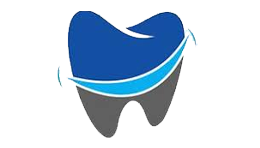
SmileRight Dentistry
Here's Sedate Dentistry Software in a nutshell. Time Saver. Money Saver. Easy to use. Amazing support. End of story.
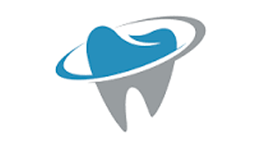
DentalClean
We learned about Sedate Dentistry from one of their other sister companies Edental. We switched from Xchart and this app works great.
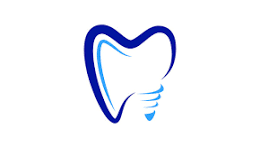
Metro Dentistry
The team at Sedate Dentistry has been amazing, especially Josh who helped integrate into our Edan X10. Much better than Xchart and a fraction of the price.
Contact Us
Contact Us
3165 West 4700 South, Suite A, Taylorsville Utah 84129



















